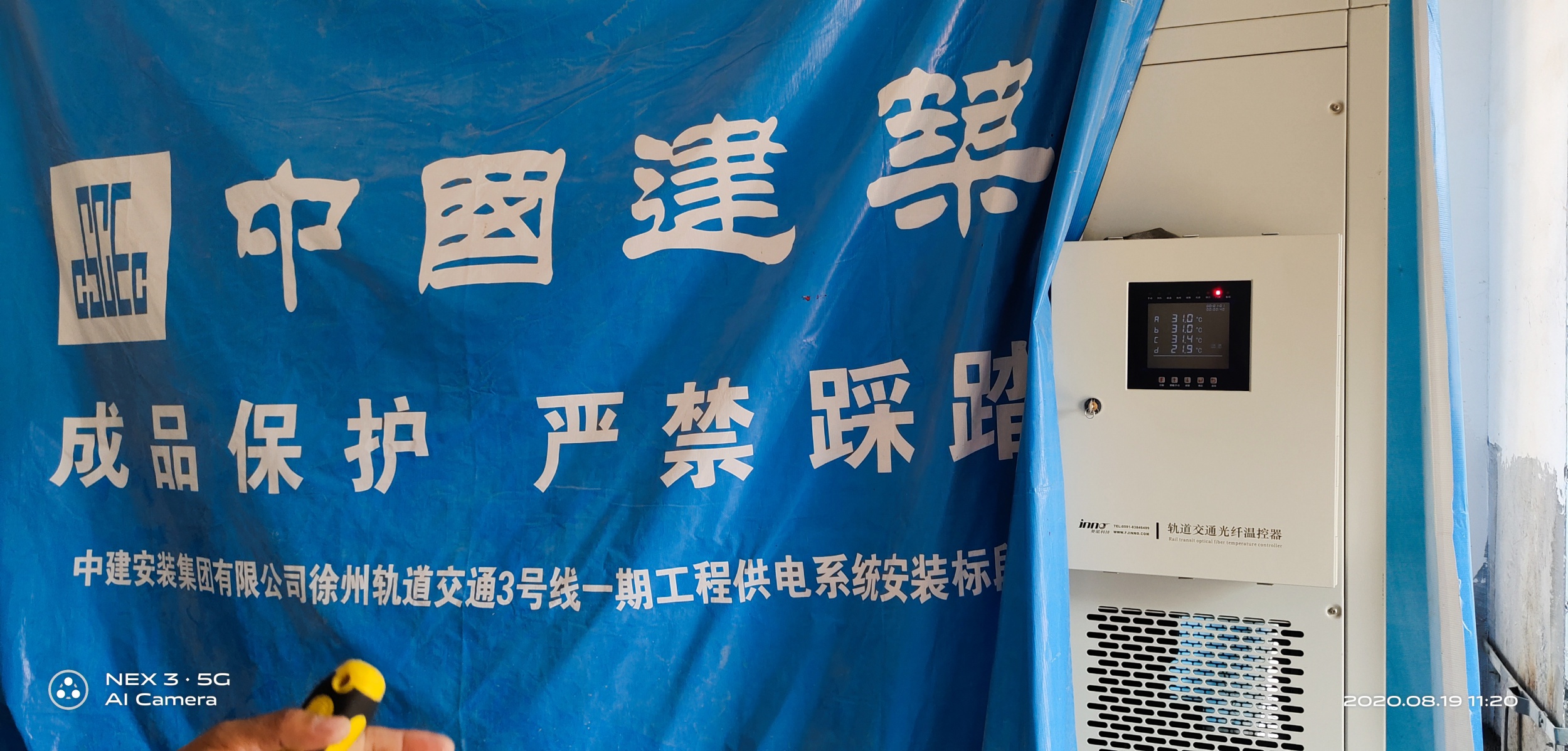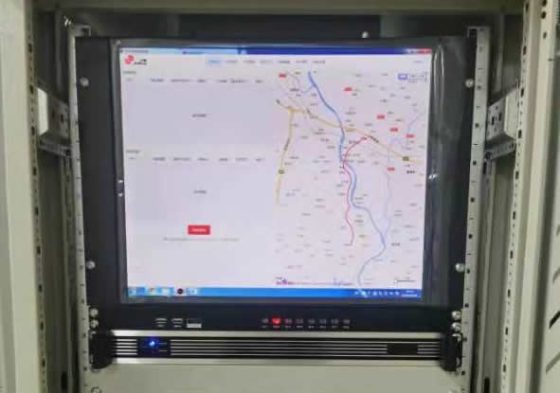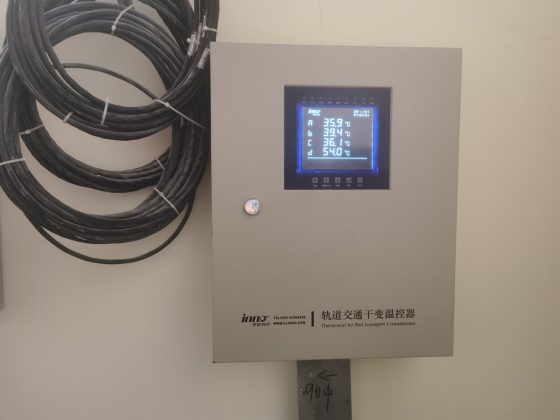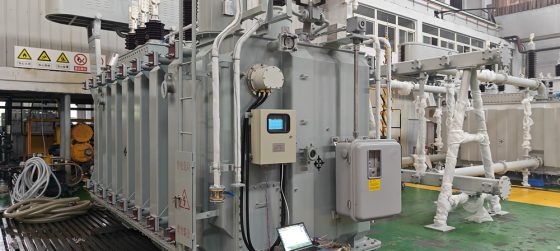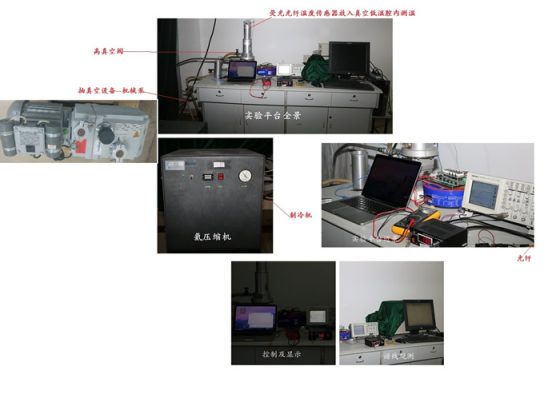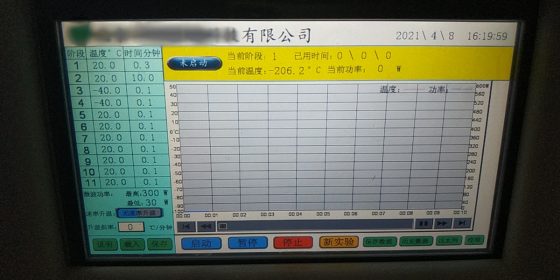Filo optic e ʻea sensor resistance, Founga vakaiʻi ʻo e ʻatamai poto, Tufaki e filo optic ʻi Siaina
 |
 |
 |



The optical fiber temperature measurement device is designed for early prediction of faults and fires caused by insulation aging or poor contact in high-voltage power equipment such as high-voltage switchgear, knife switch, cable joints, transformers, mo e alā meʻa pe. Equipment such as switchgear, knife switch, cable joints, transformers, mo e alā meʻa pe. belong to high current and high voltage electrical equipment, and their electrical environment conditions are relatively harsh (such as electromagnetic radiation, surges, electrical pulses, and other electromagnetic interference). Fiber optic has characteristics such as electrical insulation, intrinsic safety, and immunity to electromagnetic interference. Ko ia, the probe of the sensor can be directly installed on the measured point in contact, monitoring the temperature anomalies of the switch contacts and cable joints at a “zero distance” to predict possible faults and prevent electrical fires.
 ʻIkai ha kalava optic e mafana ʻo e ʻea ,founga vakaiʻi ʻo e māfana ʻo e ʻeá.
ʻIkai ha kalava optic e mafana ʻo e ʻea ,founga vakaiʻi ʻo e māfana ʻo e ʻeá.


